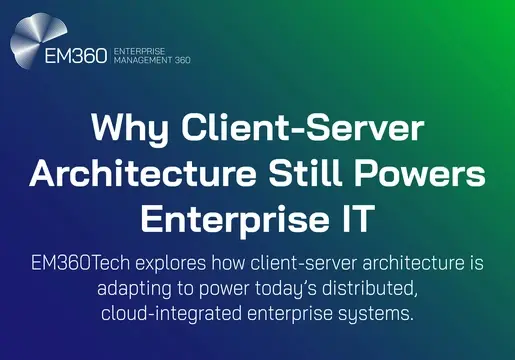
We may have a month to go until Halloween, but there is something haunting enterprises all year round. This very threat can devour your business's money and resources without you even knowing it. It is, of course, the zombie server phenomenon. Obviously, I'm not talking about walking dead humans chanting for 'brains' (unless there's an apocalypse I should be aware of), nor am I suggesting that you stock up on canned goods. Instead, I'm referring to the living dead servers that manifest in almost every enterprise, unbeknownst to the business. These servers are the comatose devices that feed off your resources, but have no purpose whatsoever. What's more, they don't even have any visibility and make absolutely no contribution to the business. Rather, they just guzzle on your electricity, costing not only you money, but billions worldwide. That's a lot of money to circle the drain. Every enterprise needs a plan of attack. Firstly, however, it's important to understand how these zombies come into existence. By definition, zombie servers are those with no activity in the last six months. An obvious cause is redundant or legacy applications, which are often the byproduct of upgrades. Unfortunately, their newer, shinier counterparts bury them at the bottom of the pile to be forgotten about. However, businesses often continue to spend money and energy running them without realising. Not only that, but zombie servers pose a security threat. Unpatched and not maintained, virtual and physical servers are indeed a hotbed for under-the-radar attacks. Now, with some data centres hosting hundreds, even thousands, of comatose servers, where is best to begin?
Don't get eaten alive
Zombie server mitigation all comes down to better management. The first natural step is identifying these servers. Sift through your data centre to discover what's connected. Then, find out their purpose, and monitor them over a year to determine what use they are to you. In the meantime, you can start pulling the plug on those that are dormant. Contact everybody and give them a window of time to let you know if they actually use the server. Make clear, however, that it's a 'speak now or forever hold your peace' scenario; once it's gone, it's gone. This way, when you start shutting servers down, you don't have to worry about everything screeching to a halt in error. To future-proof yourself against zombie servers, you should explore tools that help you work strategically. In particular, you may benefit from a data centre infrastructure management (DCIM) tool. These enable you to monitor a number of factors including energy usage, which, in turn, helps you identify zombie servers quicker. Not only that, but keeping with the theme of being morbid, DCIM logs problems for post-mortem processes too. Thus, with solutions available for waste and IT estate reduction, companies should act quickly to wipe out their zombies. Otherwise, with the amount of money and energy going being thrown away unknowingly, your business will be eaten alive in no time.
Why not check out this opinion piece on closing the artificial intelligence skills gap?













Comments ( 0 )